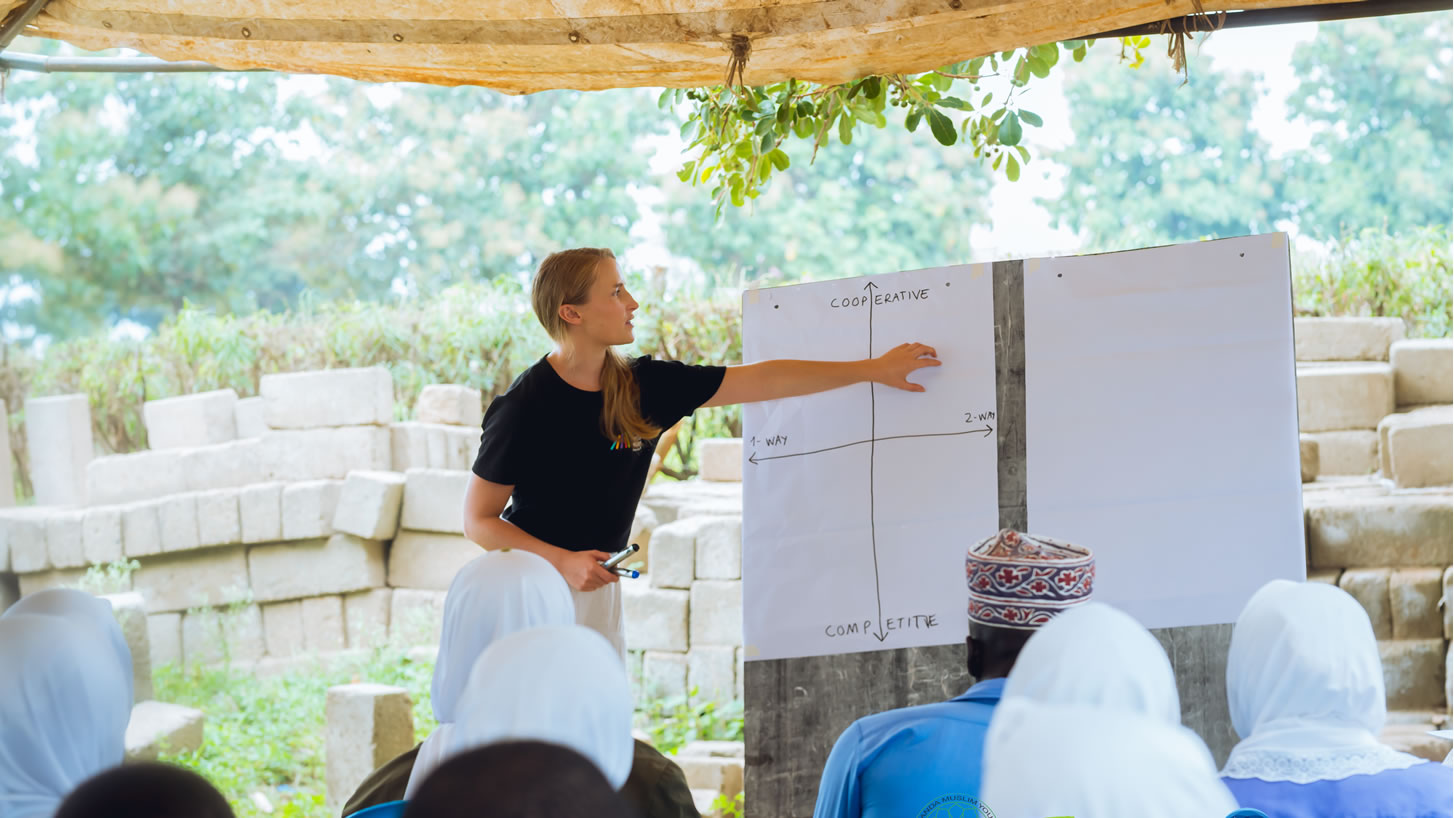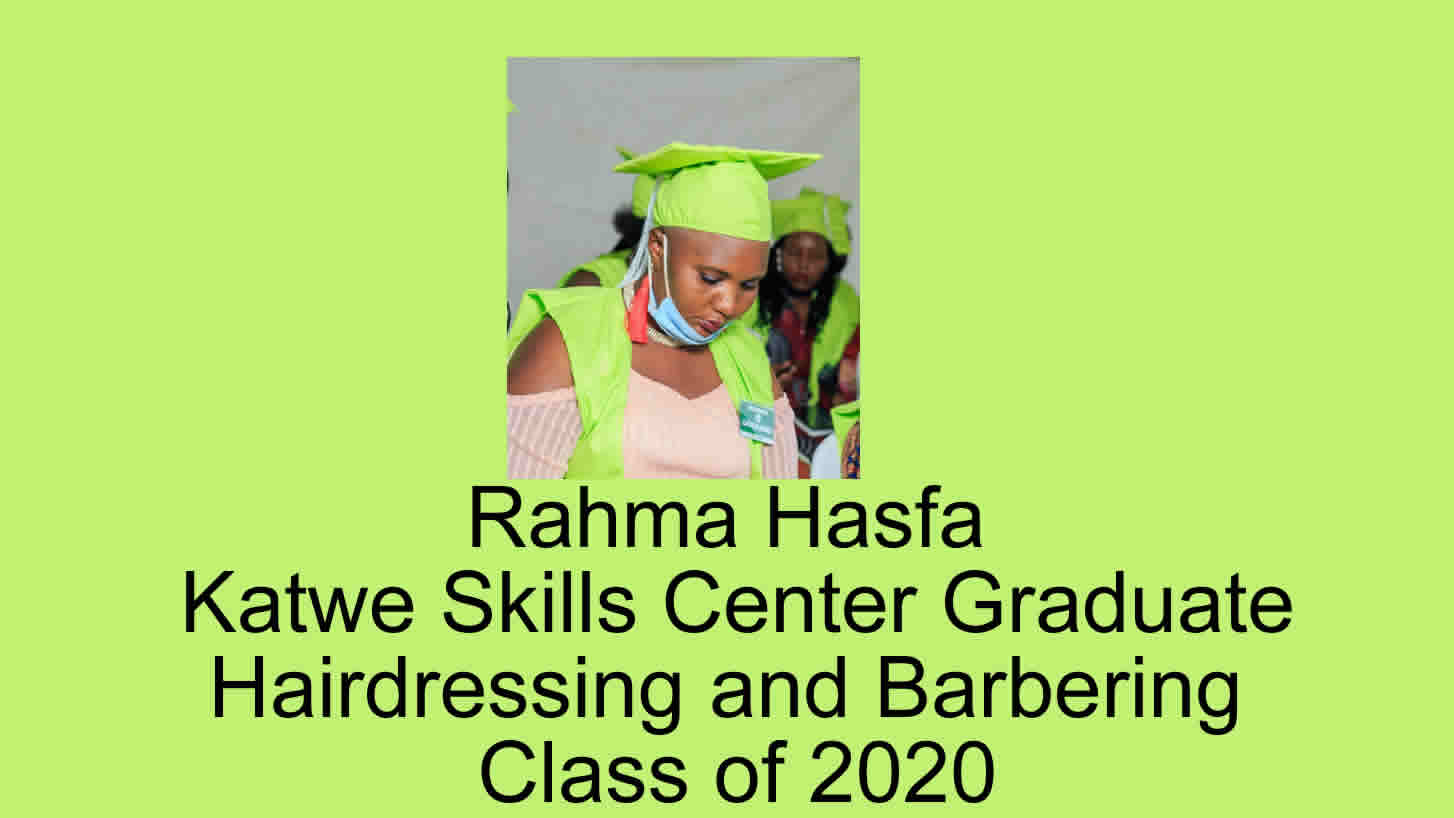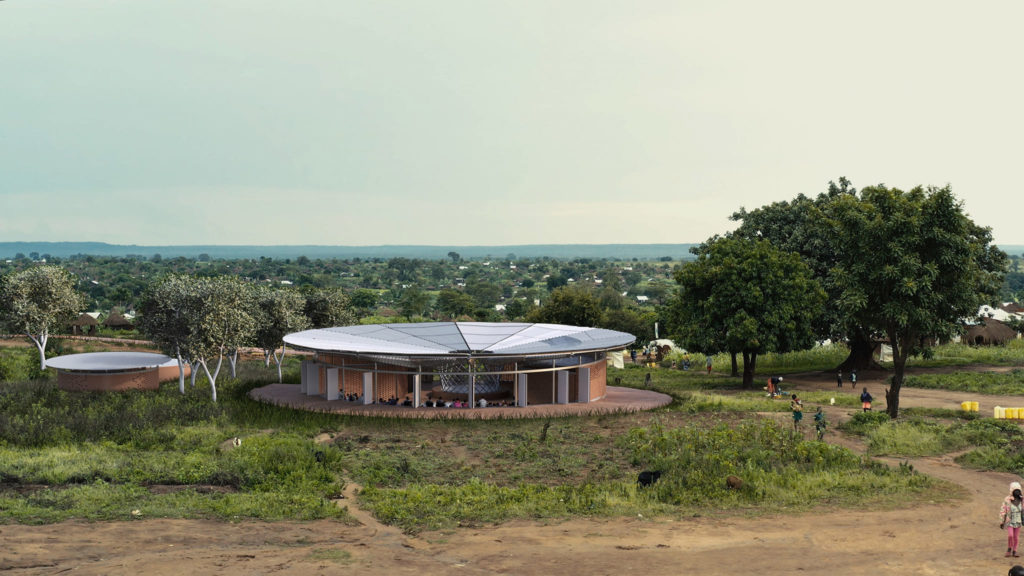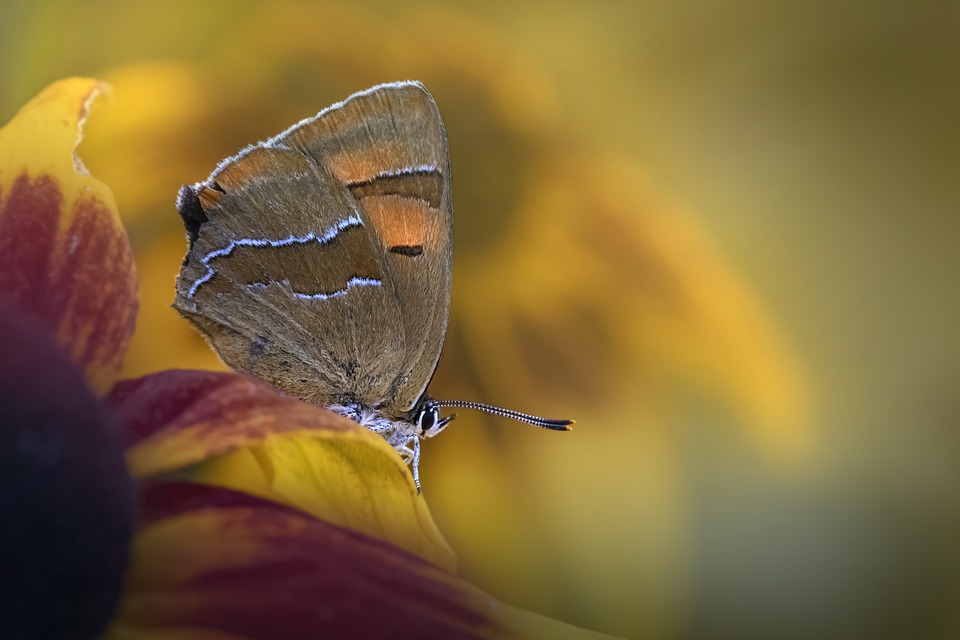It is not uncommon for unruly learners to waylay, rob and beat up people in the neighbourhoods of Yumbe District. Antagonism between schools is also common. Inter-school fights are sparked off during sports competitions and thereafter, students from one school can organise themselves in guerrilla style and go and attack another school.
In such an atmosphere, the riots that swept over schools throughout West Nile were not surprising. Moreover, the long break of lockdown during the COVID 19 pandemic presented unprecedented dynamics; the freedom the learners enjoyed at home, the uncompromising bad behaviours they picked up, and a first term of study that stretched longer than usual. Students in more than 4 schools in Yumbe district went on rampage including Midigo Seed Secondary School (SS), Odravu SS, Immaculate SS. School property was destroyed and some schools had to be closed indefinitely.
ARINGA SECONDARY SCHOOL LEADING THE WAY TO PEACE
Aringa SS fell prey to both internal student strife and external attacks from neighbouring Yumbe Secondary School. The consequences could have been catastrophic but due to interventions by the Peace Club members, peace reigned.
Just like in other schools around the country, first term (2022) was made longer than usual to catchup on syllabus content since students had lost a lot of time during the lockdown. The students felt drained and exhausted; they violently demanded to go back home, burning down schools and attacking administrators. Students at Aringa SS had similar demands but they resorted to dialogue instead. They raised their issue with the administration for consideration. Following peaceful negotiation, the students allowed the school administration to plan for a break and were granted a day to return home. It was a peaceful process. The headteacher attributes such attitude to the trickle-down effects of the peace club engagements.
While solutions to the internal conflict were being sought, the conflict between Aringa SS and neighbouring Yumbe SS was escalating. The conflict started during a football match at Kuru Secondary School; there was stoning and threats of arson from some students of Yumbe SS. In West Nile, such threats are not to be taken lightly. When they got an opportunity to host the athletics tournament, some students from Yumbe SS gathered their slashers, ready to attack. Students from Yellow House who had a T-shirt color similar to that of the host school were stripped. More violence erupted; the wind screens of the Aringa SS school lorry were bashed. A number of students from Yumbe SS sustained injuries and several were hospitalised. One of them was even referred to Mulago National referral hospital for further treatment. Lessons were interrupted for almost a week until the situation was calm again.
Aringa SS leaners wanted to retaliate and they were justified but they were able to keep calm. They did not respond harshly. This is because just like in the internal conflict, peer-to-peer counselling was sourced. The school administration engaged the peace club students to talk to their peers and convince them not to retaliate. Through the peace club, this group of students have learnt that violence is not the way to go. In this assignment, they had to relay this fact to others. And they delivered! As the deputy head teacher expressed, ‘The peace club members did a good job.’
Hamim Jibreel, a beneficiary of the peace club since 2019, is the current head prefect of Aringa SS. Jibreel made a stern communication at the assembly stressing that the sports tournaments are not meant for riots but rather destressing from the academics. As they have been taught in peace club engagements to approach conflict situations with empathy, he tapped into the students’ sense of empathy. He said, ‘It is useless to go to Yumbe SS and injure someone because your father, aunt, uncle could be having a child in this school. You may end up finding that you’ve killed someone there and the burial is done in your own village.’ He urged them not to react like the boys in the other school and warned them not to go there for retaliation.
When asked if they had engaged Yumbe SS in dialogue, Jibreel responded thus, ‘We have not yet gone to Yumbe SS because we felt that seeking dialogue with someone who has not come to you in the same light of peace may be harmful. The enemy may not think twice about attacking you despite your good intentions.’ Nevertheless, they talked to the head prefect of Yumbe SS who understood that peace is the way to go but sadly, he could not get the boys back in line single handedly. As for Aringa SS, Jibreel strongly believes that the students will not go back to Yumbe SS for retaliation after his talk. ‘They have understood that it was not good to engage in a riot like that.’
You must have been wondering, curiously asking yourself; how did the peace club contribute to this peaceful outcome yet it has only about 60 members! Firstly, as violence was brewing in neighboring schools, peace club talks were being held in Aringa SS. Peace club talks are peer-to-peer talks where peace club members teach fellow students about conflict resolution, peace building, cooperation, harmonious living through respect as well as the art of dialoguing. Tangaza Jamila, a senior six peace club member emphasises thus; ‘Through the peace club talks we were able to avert a strike from happening in our school.’
The head teacher of Aringa SS, Madam Sarah Adnan similarly gives credit to such peer-to-peer sharing by the peace club members and other students who watch and attend peace club trainings even though they are not members. Secondly, the Aringa SS Peace Club like all the other Peace Clubs has sign posts with messages of peace planted throughout the school compound, we call it the “Talking Compound”. All students read the messages calling them to peace in the compound.
These were difficult times, defining for Aringa SS and as Madam Sarah, the school Headteacher put it; ‘It is in such times that you critically recognise the thin-line between whether violence ensues or peace prevails.’
